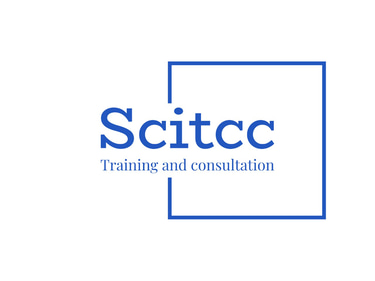
Advanced Legal Compliance: Risk and Obligation Management
Advanced Legal Compliance: Risk and Obligation Management
$3500.00
Day One: Introduction to Legal Compliance and Risk Management
Objectives:
Definition of the concept of legal compliance and the importance of its application in institutions.
Understanding the basic concepts of risk management.
Understanding the relationship between legal compliance and risk management.
Content:
The concept of legal compliance: its definition, development, and importance of its application.
Types of risks faced by institutions (legal, financial, operational risks).
The difference between compliance and risk management.
The organizational structure for compliance and risk management.
Learning method: Interactive lectures, case studies, group discussions.
Day Two: Assessing and Managing Legal Risks
Objectives:
Learn methods for assessing legal risks in institutions.
Identifying tools and systems that assist in risk analysis.
Developing strategies to reduce legal risks.
Content:
Steps for identifying and assessing legal risks.
Risk assessment tools and techniques (such as SWOT analysis, quantitative and qualitative analysis).
Strategies for reducing legal risks (prevention, hedging, insurance coverage).
Learning method: Workshops, practical exercises.
Day Three: Legal Obligations of Institutions
Objectives:
Understanding the legal obligations that fall on institutions.
Understanding how to handle specific legal obligations.
Learn how to effectively implement legal obligations within the organization.
Content:
Types of legal obligations (tax, contractual, environmental).
Methods for monitoring legal obligations.
The importance of complying with local and international regulations.
Learning method: Lectures, case studies, exercises analyzing real-life cases.
Day Four: Compliance with Anti-Corruption Provisions and Laws
Objectives:
Familiarizing oneself with anti-corruption laws in business.
Study of the most important practices and systems that ensure compliance with these laws.
Learn how to implement anti-corruption programs in institutions.
Content:
The development of anti-corruption laws at both the local and international levels.
Best practices in designing and implementing anti-corruption programs.
The role of employees in reporting corruption and compliance.
Learning method: Interactive lectures, case studies.
Day Five: Establishing Compliance Policies and Procedures
Objectives:
Learn how to develop compliance policies and procedures within the organization.
Understanding the role of internal auditing in compliance monitoring.
Implementing strategies for continuous improvement in legal compliance.
Content:
How to create and manage a legal compliance policy.
The role of internal auditing in legal compliance.
Continuous improvement strategies.
Learning method: Interactive workshops, practical exercises.
Target audience of the course:
Compliance and risk managers in companies.
Lawyers and legal advisors.
Legal department managers.
Compliance officers in government and private institutions.
Those wishing to enhance their skills in the field of legal compliance.
Learning method:
Interactive learning: Interactive lectures, group discussions.
Live studies: Analyzing and discussing real cases.
Practical exercises: Workshops with practical applications.
Evaluation and feedback: Short tests and practical exams at the end of each day.


